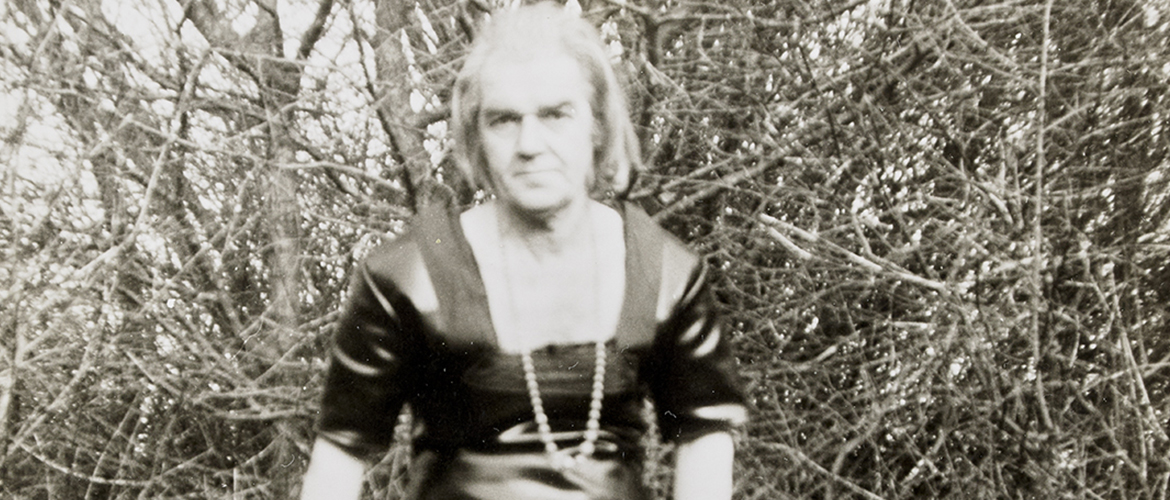These photographs are part of a body of works by singular and major figures, known and unknown, constituted to introduce students to the artists who were at the foundation of the art of the twentieth century. Taking a historical perspective, this collection positions gender issues, identified by the gender studies of the 1990s, as already present in artistic photographic practices, particularly very early ones, which were transgressive and ambiguous.
Marcel Bascoulard is an enigmatic figure, rediscovered just a few years ago. As Patrick Martinat wrote in the monograph he devoted to the artist in 2014: “The man left behind drawings, photos and a trail of rumors that have woven, like a surplice from his ragged blouse, a cape of delicate nuances. Few have identified the true personality of this marginal of circumstance. The works he bartered for a living were exhibited in Paris, in 2015 at Halle Saint Pierre, then in 2016 at Galerie Gaillard, in a retrospective show in Bourges in 2018 and at Punta della Dogana on the occasion of the “Dancing with Myself” exhibition (2018). Bascoulard spent his life dressed as a woman, in costumes he designed and made himself.
Mathilde Marchant writes: “Marcel Bascoulard, the wandering man, the tramp, the curiosity of Bourges, will be remembered for his drawings, his photographs and his extraordinary life. Rebellious, curious, penniless, cultured, uncomfortable, meticulous, non-conformist and talented - in short, a living legend.Here are some of the words, often repeated, that address him:a father murdered by a mother finally committed to a psychiatric hospital (1932); an abandoned house, truck cab or shack as a home (as early as 1936); a few courses at the Beaux-Arts; hundreds of China inks of the Berrichonne town - simple “gagnepains” cherished by the Berruyers; photographic portraits in “female attire” (as early as 1942); clothing models made by himself; numerous poems; a tricycle as a means of locomotion and a tragic death (1978)....”
Although he himself never pressed the shutter, Marcel Bascoulard, the model-photographer, meticulously orchestrated and annotated all of his photographic portraits, with only one of each ever printed, to be seen only by those closest to him.
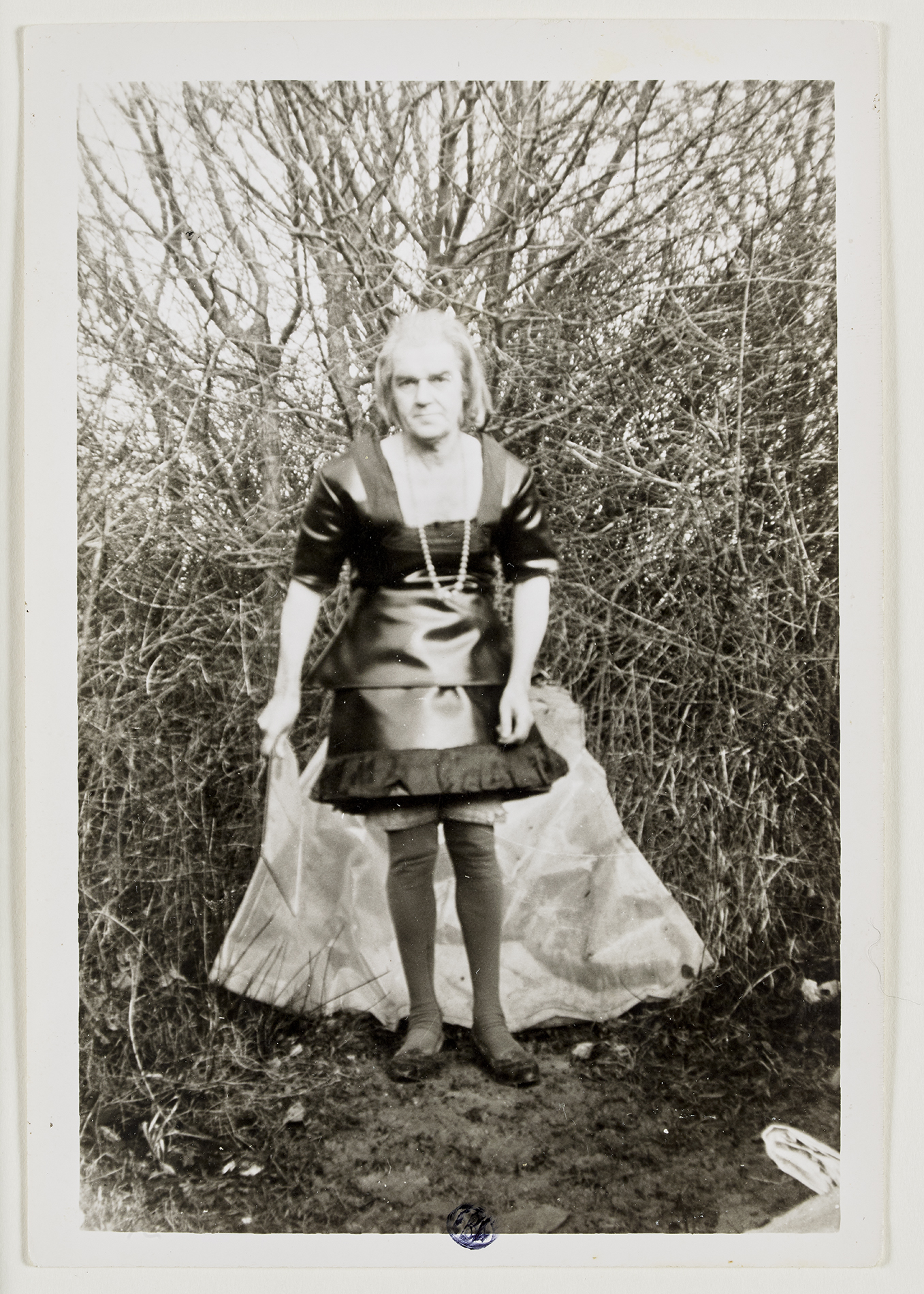
Pose 2, 19 avril 1973 Tirage argentique d'époque, 13 x 9 cm © Beaux-Arts de Paris, Ph 25047
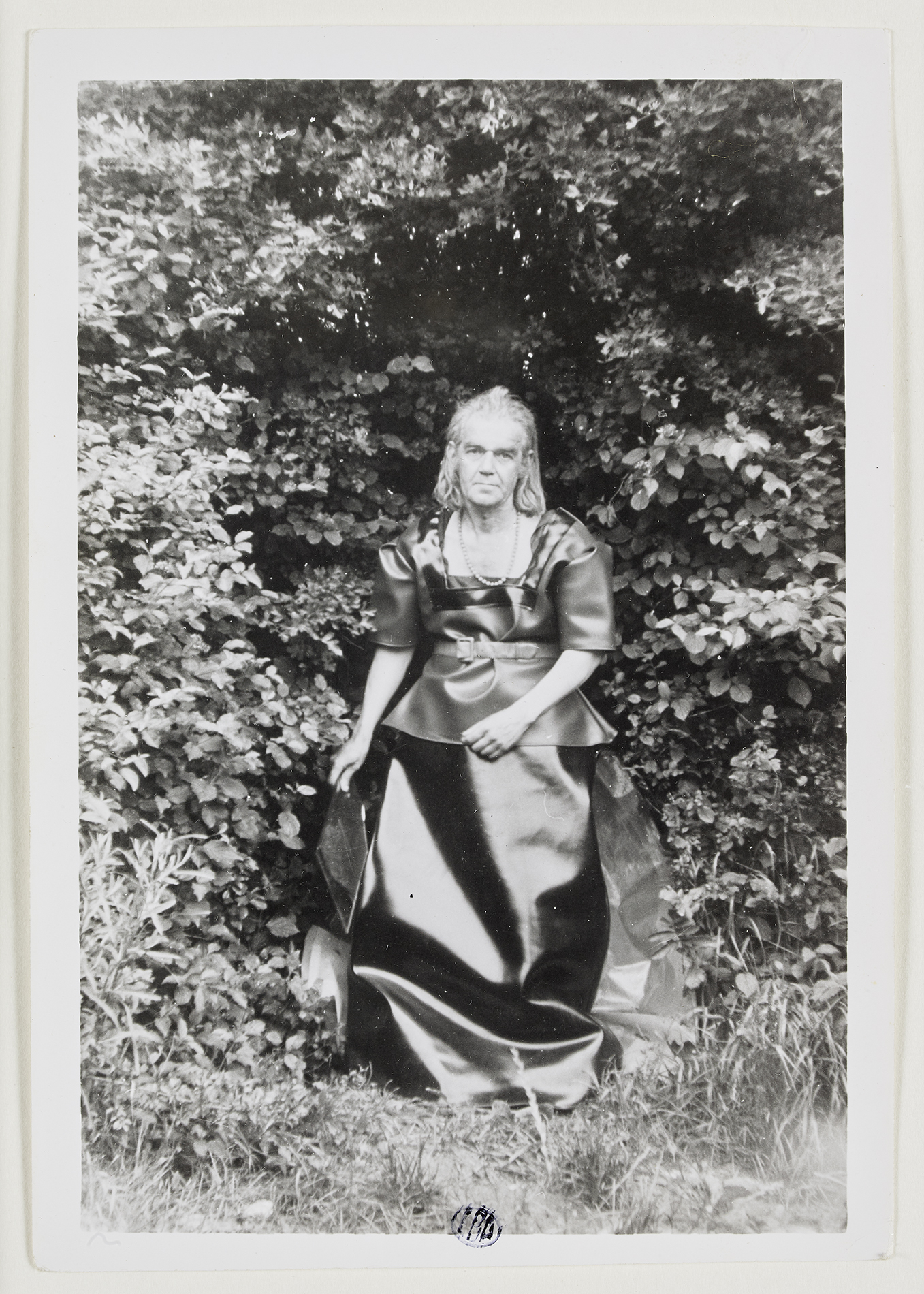
Pose 5, 7 janvier 1972 Tirage argentique d'époque, 13 x 9 cm © Beaux-Arts de Paris
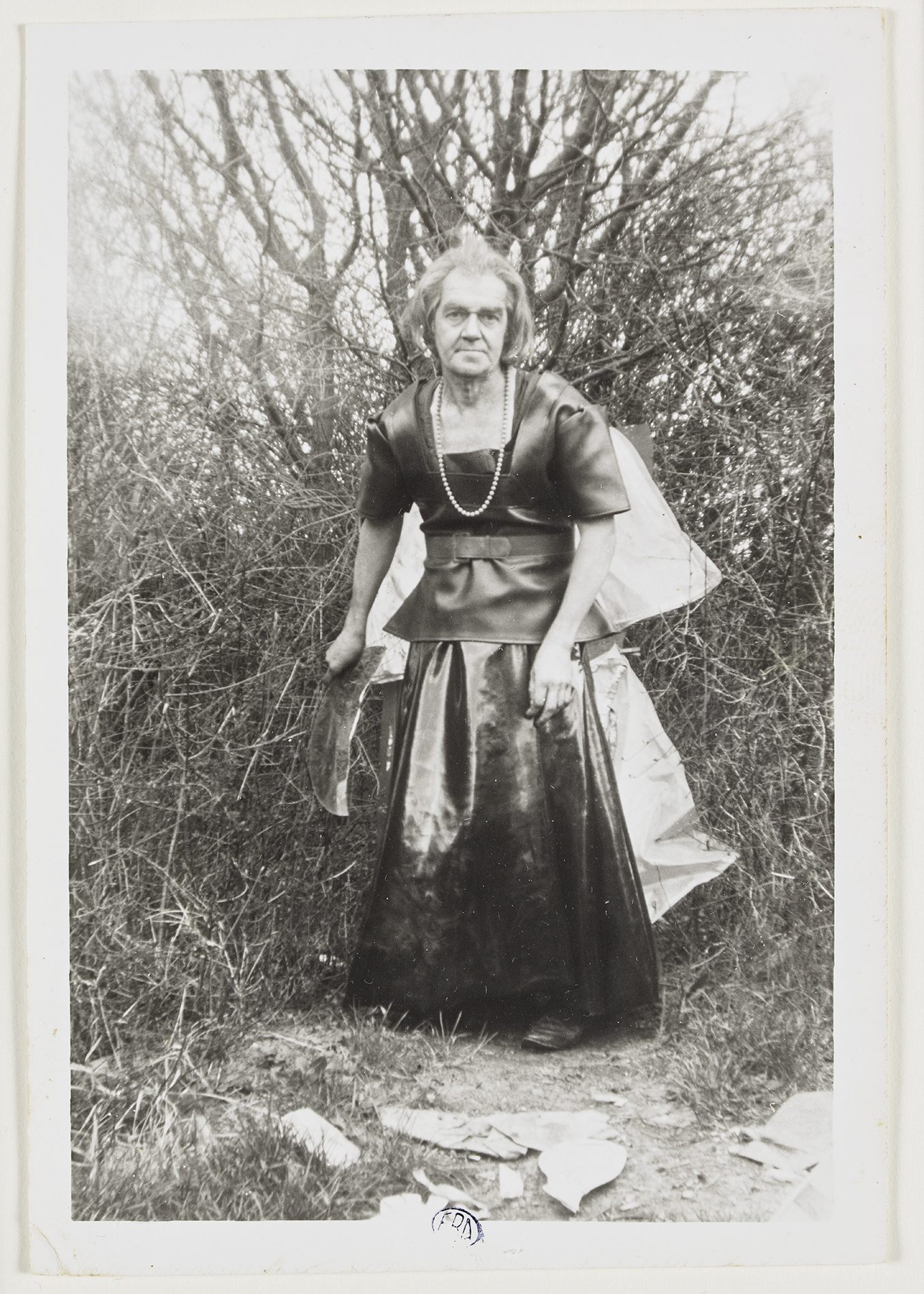
Pose 5, 7 juin 1971 Tirage argentique d'époque, 13 x 9 cm © Beaux-Arts de Paris
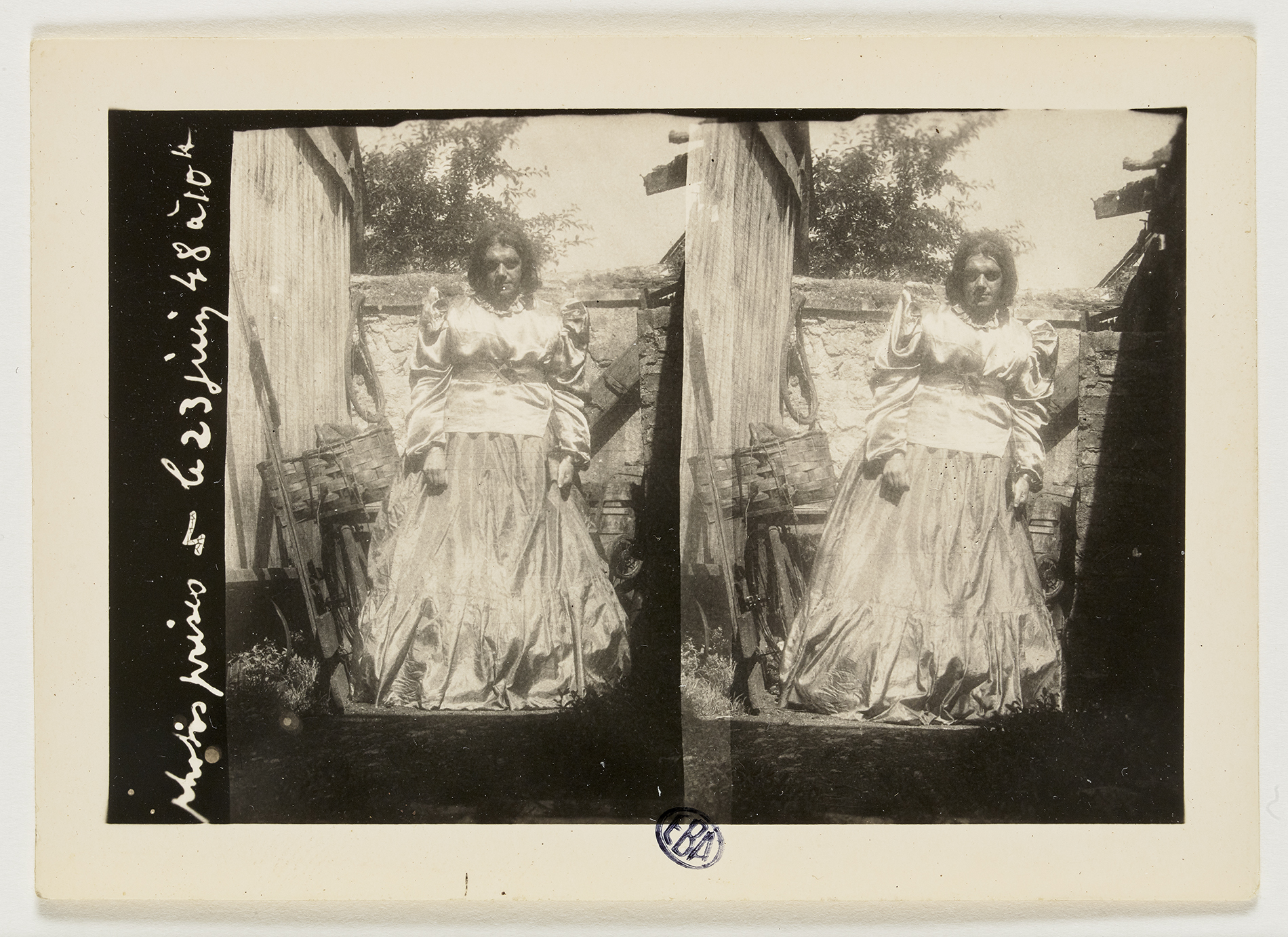
Photo prise le 23 juin 1948 à 10h Tirage argentique d'époque, 6,4 x 9,1 cm © Beaux-Arts de Paris


